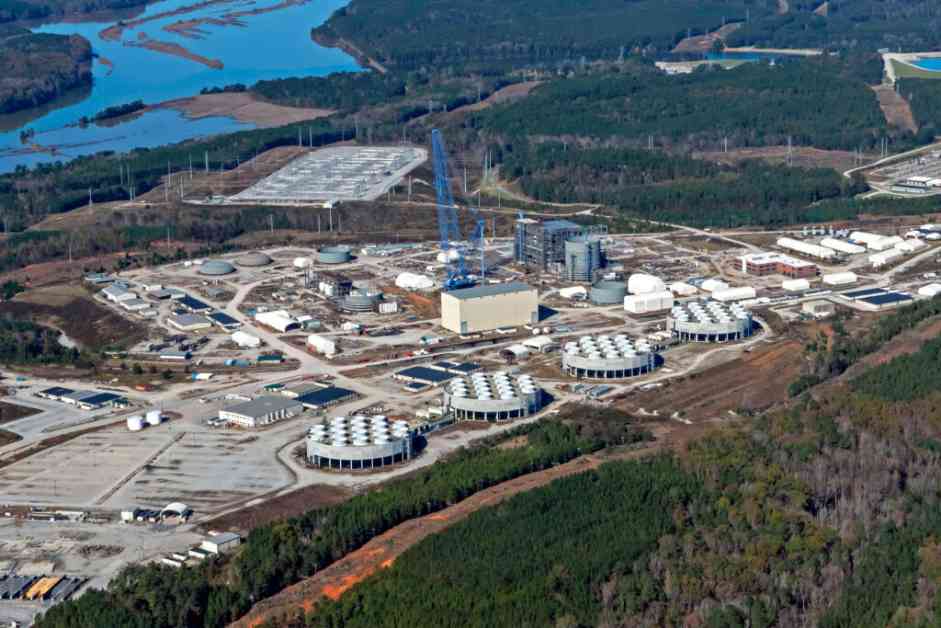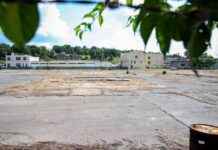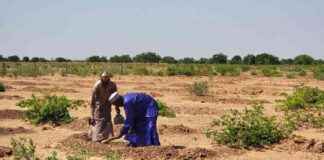In the heart of South Carolina near Jenkinsville, a half-constructed nuclear plant stands as a reminder of an ambitious energy project that came to a halt in 2017. The failed V.C. Summer nuclear plant, a venture that has left customers still footing the bill, is now poised for a potential revival. Santee Cooper, the utility company behind the endeavor, recently announced plans to seek proposals for a developer to purchase and complete the dormant units, breathing new life into this energy initiative.
The decision to resurrect the nuclear plant comes as a response to a shifting landscape in the energy sector. According to Jimmy Staton, President, and CEO of Santee Cooper, there is a resurgence of interest in nuclear energy, driven by advancements in manufacturing, the growing demand for AI-powered data centers, and the tech industry’s push for zero-carbon solutions. These factors have reignited the conversation around nuclear power and its role in the evolving energy market.
Challenges and Opportunities
While constructing a nuclear plant from scratch typically spans over a decade, the existing groundwork for the V.C. Summer project presents a unique opportunity for a new developer to expedite the process. With the potential to generate 2,200 megawatts of nuclear capacity upon completion, this endeavor could be a significant boon to the region, providing power to hundreds of thousands of homes. However, the road to completion is not without its hurdles, given the complex history and financial implications associated with the project.
The initial halt of the V.C. Summer nuclear plant in 2017 came after years of delays and the bankruptcy of the contractor, which had already seen substantial investments from Santee Cooper and South Carolina Gas and Electric. Despite the significant costs incurred by these utility companies and their customers, the promise of completing the project remains a beacon of hope to salvage the existing infrastructure and potential energy output. State legislators have been vocal in advocating for the project’s completion, emphasizing the need to leverage the resources already invested and avert the loss of billions of dollars.
The Future of Energy in South Carolina
As South Carolina braces for a surge in energy demand, driven in part by the influx of data centers in the state, the revival of the V.C. Summer nuclear plant takes on added significance. The appeal of South Carolina as a destination for data centers, boasting low energy rates and incentives for large customers, underscores the strategic positioning of the state in the evolving tech landscape. With major players like Google and Meta eyeing expansion in the region, the need for reliable and sustainable energy sources becomes paramount.
The rise of artificial intelligence and the exponential growth of the data center industry further underscore the urgency of addressing energy demands proactively. As tech companies rush to establish more data centers, utilities face the challenge of meeting the escalating electricity needs. The completion of the V.C. Summer project could provide a crucial source of power to support this burgeoning sector, aligning with long-term sustainability goals and economic growth in the state.
As the debate over the future of energy in South Carolina unfolds, stakeholders weigh the risks and rewards of nuclear power against alternative solutions like solar and battery storage. With the potential revival of the V.C. Summer nuclear plant on the horizon, the state stands at a crossroads, balancing the legacy of past investments with the imperative to adapt to changing energy landscapes. The decisions made in the coming years will shape the energy future of South Carolina and set a precedent for sustainable development in the region.
Carrie Klein is a New York City-based reporter covering renewable energy and climate policy. She recently earned her master’s degree in science journalism at New York University. Her work has appeared in Canary Media, Audubon Magazine, Live Science, and Scienceline.














